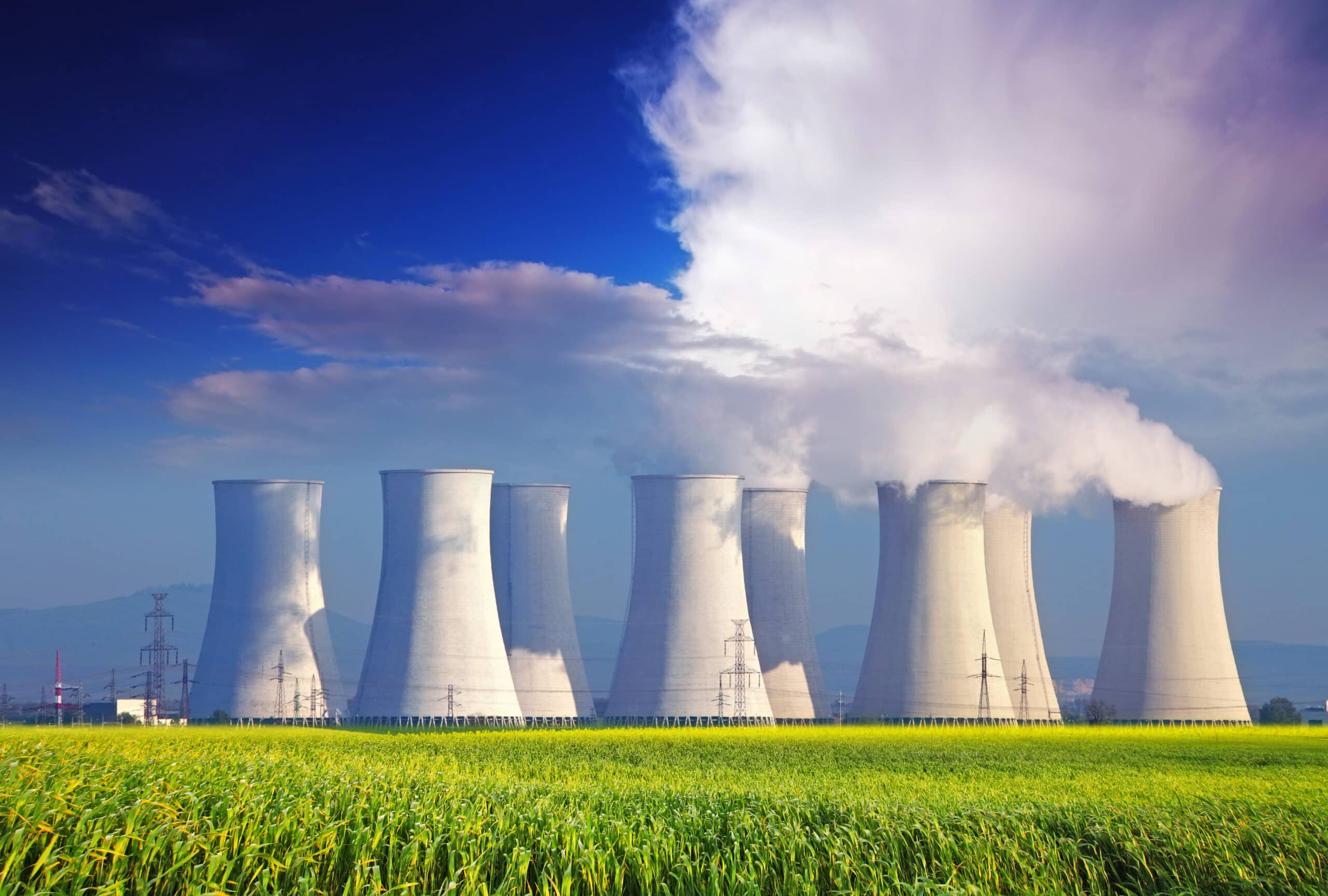Each fuel and technology used to generate electricity has its own pedigree. Nuclear energy brings distinctive attributes to the power grid— large-scale, affordable, zero-emission, 24/7 reliability.
These are critically important every day, but especially so during severe events like a polar vortex or the dog days of August, when other fuel sources may not be available.
Nuclear power plants are the industry leaders in reliability.
Thanks to the energy density of uranium fuel and efficient operations, 99 reactors generate about one-fifth of all U.S. electricity, even though they represent less than 10 percent of the installed electric generating capacity.
Nuclear energy facilities also are huge economic drivers.
Each year, the average nuclear plant generates approximately $470 million in economic output or value. This includes more than $40 million in total labor income. Operation of a nuclear plant generates 400 to 700 permanent jobs, which pay 36 percent more than average salaries in the local area around the plant.
However, many of nuclear energy’s attributes are not sufficiently valued and compensated in some regions and energy markets—especially competitive electricity markets. Some are not valued at all.
This is causing some nuclear plants to close prematurely at a time when the electricity sector is striving to achieve dramatic carbon reductions. A dozen reactors have closed or will stop producing electricity in the next few years. That’s enough electricity production to serve nearly 6.7 million homes, and the avoided carbon emissions from those facilities represents 14 percent of the Clean Power Plan’s 2030 carbon reduction target.
Given that nuclear power plants produce 63 percent of all carbon-free electricity across America, we must maintain and extend the operations of nuclear power plants—not close them prematurely due to market flaws.
There is growing recognition from the U.S. government, international agencies and environmentalists that preserving nuclear plants and building new reactors must be one element of a credible carbon reduction strategy. As part of the COP 21 agreement, the U.S. has agreed to aggressive reductions to help keep global temperatures from rising above another 2 degrees Celsius. Without the proven carbon-fighting ability of U.S. nuclear plants, holding the line on emissions will simply be impossible.
Back here at home, entities such as the Federal Energy Regulatory Commission and some regional bodies like the PJM Interconnection are looking for remedies to preserve nuclear plants. Likewise, governors, state legislators and public service commissions might look at options such as power purchase agreements, expanding renewable portfolio standards to embrace all low-carbon technologies, and other strategies to preserve nuclear assets and the jobs they sustain.
More than ever, electricity powers our economy and our standard of living. Nuclear energy is an essential part of a diverse electricity portfolio that will drive our economy while improving our air quality in the decades ahead.
Our energy assets are developed for generations of service to our customers and should not be placed at risk due to short-term decision-making.
As we work through one of the most transformative times in the electric sector, it’s vital to take the long view. That means taking steps to preserve the assets that form the base of our reliable energy system today and are critical to a lower-carbon portfolio for future generations.
To learn more about the Nuclear Energy Institute, please visit: www.nei.org



its was good